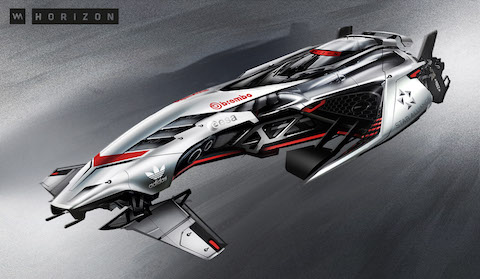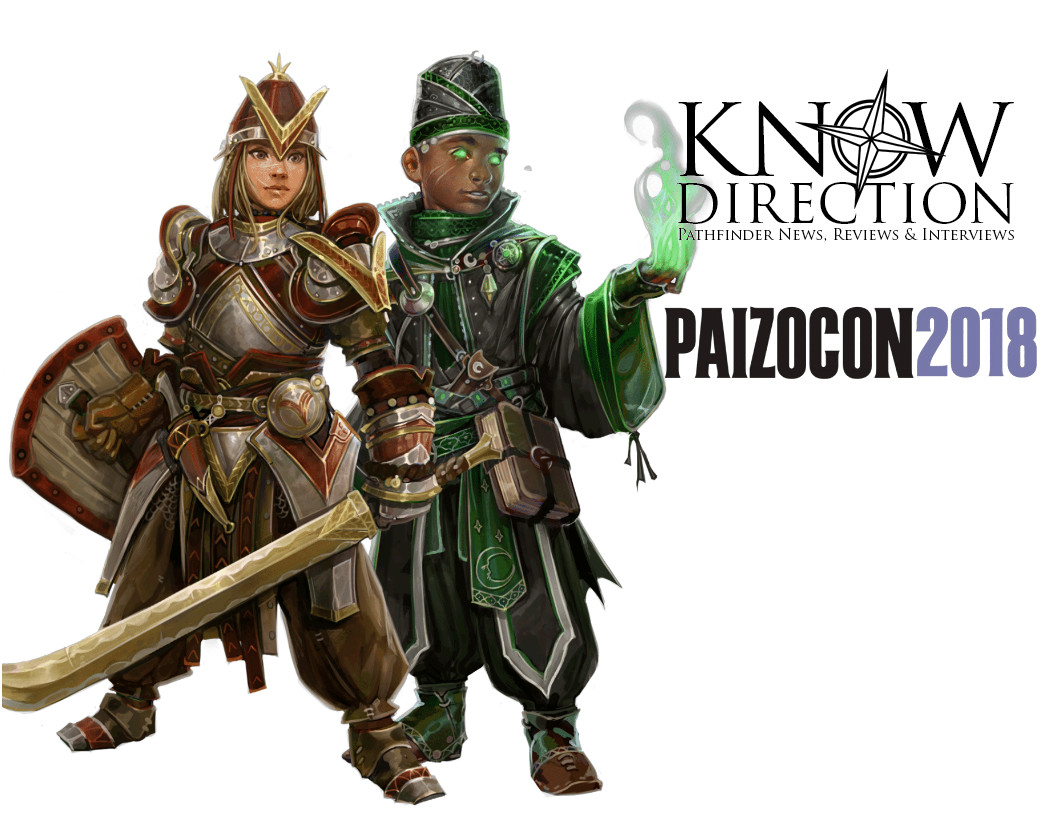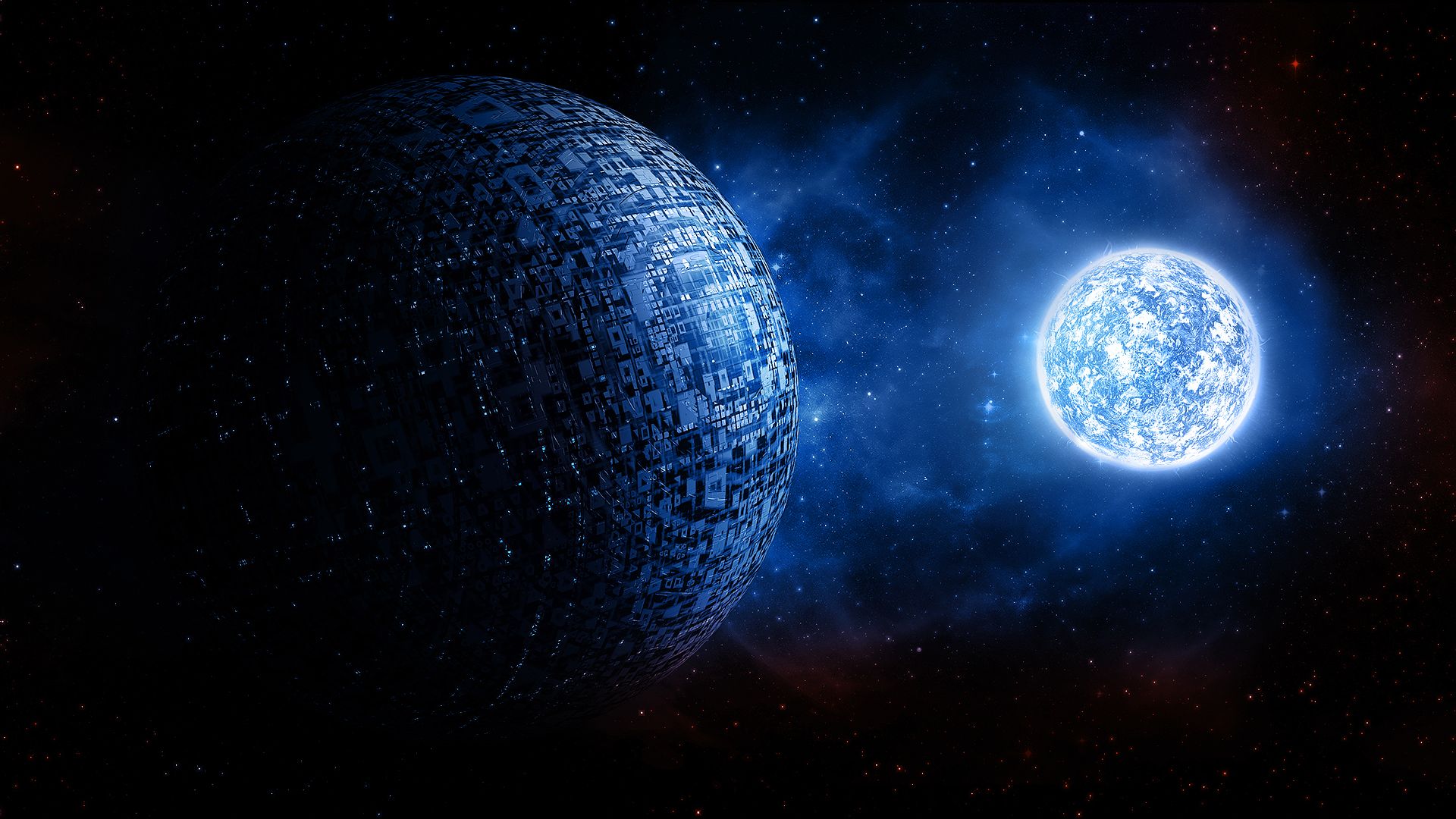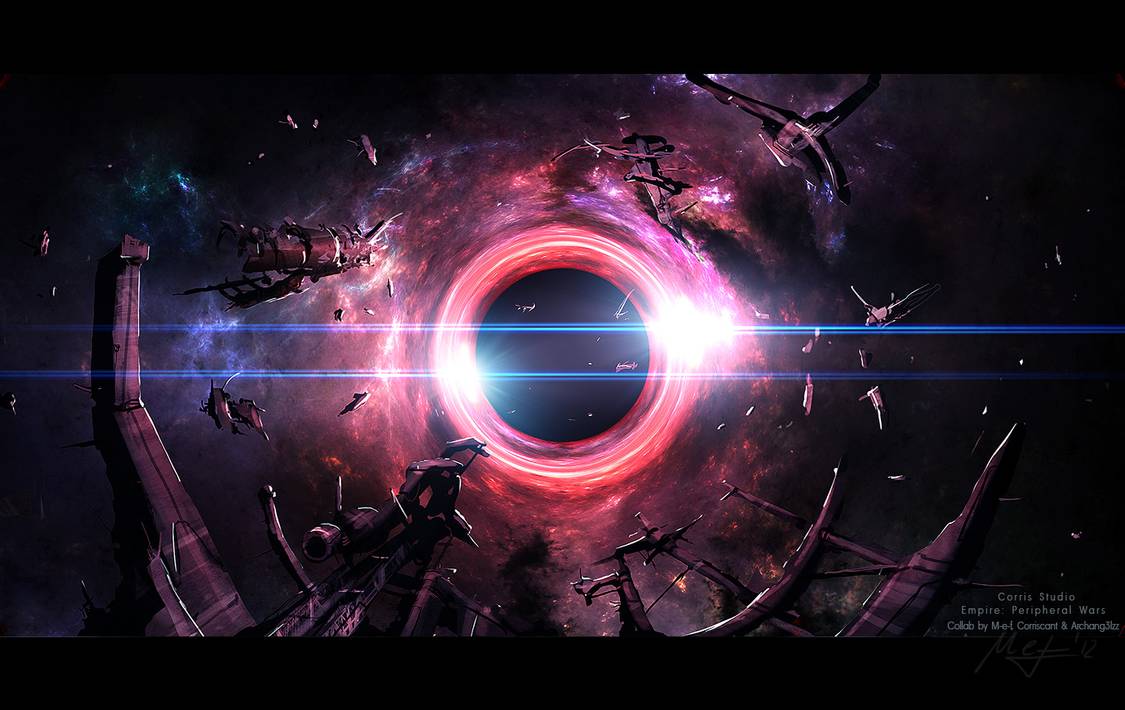When you don’t want to start your entertainment empire from the ground up, you buy yourself a winning sports team. If you aren’t a fan of that sport, what is your next option? You invent a brand new sport!
Welcome to another Terraforming!
For the past two weeks, I have been going through all the ideas I had swirling around in my head. I had planned on showing up here and knocking out another fully loaded piece, much as I have been with Groundbreaking and the first Terraforming. I then remembered that these pieces were not only for providing you with locations that you could drop into your own games, but that they were also to share my methods and thought processes along the way.
Most of my ideas for vacation worlds, theme parks, and pretty much anything has been based on a humanocentric point of view. Even the idea of trying to invent a sport first came out as variations or possible future incarnations of real world sports. I wanted something new, something completely different. The biggest problem I kept running into was trying to find some sort of physical sport that can readily be played by creatures of all shapes, sizes, and physicality. So, while I put that on the backburner (I *will* come up with a new sport at some point), I thought I would do like GMs and writers alike … reskin something tried and true. I decided to look at all the vehicle races I am aware of in the real world, along with those I have seen in movies and games. From that perspective, I wanted to pick a few pieces I liked and attempt to add something that I feel is unique to my idea.
WBI is proud to announce the advent of a race unlike any other in the galaxy. Teams of three pilot dome race pods (DRPs) through a preset number of laps on a track inside a giant dome shaped stadium. Created by their own people, in their own factory, these WBI stadiums are miles in diameter and are equipped with faster than light travel. The stadium itself travels to the system that will host each race, allowing fans of all walks of life to be able to witness the greatest sporting event in history, in person.
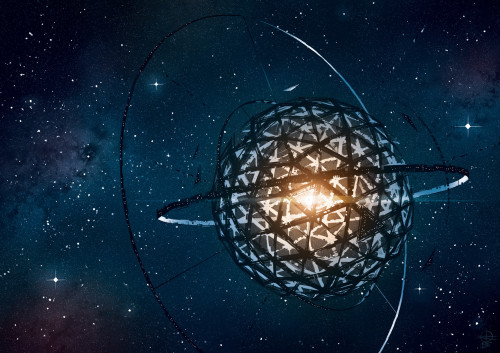
The tracks are housed in metallic domes, averaging 5 miles in diameter, and consists of multiple types of terrain and obstacles. The track itself is simply a series of beacons that wind from the starting line to the far side of the dome and back. Checkpoint rings or arches at various distances around the track that the DRPs are required to pass through. Pockets of artificial gravity surrounding fixed pieces of asteroids and other objects allow for atmosphere and require that the vehicles be able to travel between open space with zero gravity and terrestrial based roads within atmosphere in rapid succession. Additionally, the constant change in gravity and atmosphere also wreaks havoc on the ion gunnery system (which disables a DRP’s thrusters momentarily), both the way in which the ion blasts interact with the environments and the difficulty that the gunner faces with gravity changes in a fast paced race.
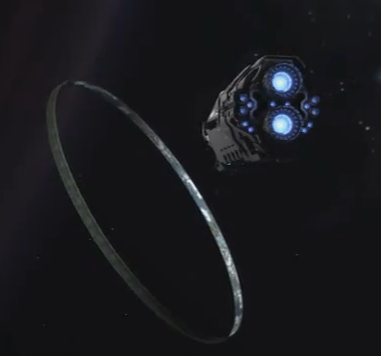 Most spacefaring vehicles that are built for speed are rarely built for atmosphere, and most ships that are capable of atmospheric flight are generally only able to transition clumsily when landing and taking off. This requires that the best DRPs be designed from a completely different perspective and purpose. Like all race sports that have come prior, the vehicle specs must match the official guidelines to limit the amount of tech, power, and money that can be put into an individual team. One of the restrictions is size and weight, which can unfairly remove certain species from partaking in the race due to their biology. While different races allow for different specs, the addition of a 3rd team member that operates remotely enables creatures of all sizes and weights to participate in the race, even if they can’t be in the DRP. While this 3rd member is often the surveillance and strategist, no rules exist to stop them from piloting the vehicle remotely. These remote consoles can be built as the team desires, but like the DRPs themselves, must abide by a series of guidelines and specs, most important of which, it must be modular to fit into the pit below the judging station along with all the other consoles.
Most spacefaring vehicles that are built for speed are rarely built for atmosphere, and most ships that are capable of atmospheric flight are generally only able to transition clumsily when landing and taking off. This requires that the best DRPs be designed from a completely different perspective and purpose. Like all race sports that have come prior, the vehicle specs must match the official guidelines to limit the amount of tech, power, and money that can be put into an individual team. One of the restrictions is size and weight, which can unfairly remove certain species from partaking in the race due to their biology. While different races allow for different specs, the addition of a 3rd team member that operates remotely enables creatures of all sizes and weights to participate in the race, even if they can’t be in the DRP. While this 3rd member is often the surveillance and strategist, no rules exist to stop them from piloting the vehicle remotely. These remote consoles can be built as the team desires, but like the DRPs themselves, must abide by a series of guidelines and specs, most important of which, it must be modular to fit into the pit below the judging station along with all the other consoles.
The judges watch the race from a room full of consoles that surround a large real-time holographic representation of the track, hazards, and racers. Each vehicle has internal and external cameras as well as safety monitors, all of which feed to the judges station as well as the remote console. A sunken pit below the holograph contains a series of consoles that are used by the race teams to provide remote surveillance, updates, and strategy. Around the interior of the dome, pressurized domes with stadium seating allow fans to watch as the PRDs whiz by, also with a large holograph to keep tabs on the race as the vehicles speed off to areas of the track that are not visible from their vantage point. Most of these areas double as docking bays for shuttles as well as concession areas.

While each track is planned in advance, and teams have months to practice the tracks in virtual environments, one of the biggest draws to the sport is the addition of two mobile gravity generators (MGGs). These devices are rendered invisible to sensors (but not sight), are programmed to follow the course in opposite directions and randomly fluctuate the amount of gravity they create (they ignore each other as they pass). During the last 10 laps of each race, fans can vote on which teams they think the MGGs should target in an attempt either slow them down or speed them up. This social aspect of the race was added to encourage fan participation as well as motivate the teams to run a fair race.
Well, there we have it. I was really getting into the groove there about halfway through. I could probably continue on with this racing sport for another thousand words, but I think we have warped this old trope more than enough for now. Let me know how you intend to use this race in your home games; what changes would you make or like to see? Join us on our Discord server https://discord.gg/Rt79BAj

